Alright, let’s start with the basics. Cardio, or cardiovascular exercise, is any form of aerobic exercise that gets your heart rate up and keeps it elevated for a sustained period. Activities like brisk walking, stair climbing, or playing sports are all examples of cardio workouts. These exercises are key to burning calories and creating a calorie deficit, which is essential if you want to lose weight.
When you engage in cardiovascular training, your body burns calories not just during the workout but also afterward. This helps you shed pounds over time. Plus, regular physical activity like moderate intensity cardio exercise improves your cardiovascular health, boosts your metabolic rate, and provides a host of other health benefits, such as reducing the risk of chronic diseases.
How Does Cardio Help You Burn Fat?
Cardiovascular exercise plays a crucial role in fat loss by helping your body burn calories efficiently. When you perform aerobic exercise, your body taps into stored energy—first glycogen, then fat—to fuel your muscles. This process, known as lipolysis, helps you lose body fat over time.
The more intense the exercise, the more calories you burn. For example, high-intensity interval training (HIIT) workouts can help you burn more calories in a shorter amount of time compared to steady-state cardio. Additionally, strength training exercises complement cardio by building muscle mass, which increases your resting metabolic rate and helps your body burn even more calories throughout the day.
Quick Answer: Cardio helps you lose weight by burning calories and improving body composition through fat loss and muscle preservation.
What Are the Best Types of Cardio for Weight Loss?
If you’re wondering about the best cardio for weight loss, there are plenty of options to choose from. Whether you prefer endurance exercise like jogging or intense exercise like HIIT, each type offers unique benefits:
- Jumping Rope: This high-intensity exercise can burn a significant number of calories in a short time.
- Brisk Walking: Perfect for beginners, walking at a faster pace is an excellent way to ease into cardiovascular training.
- Cycling: A low-impact option that works your lower body while helping you burn calories.
- Swimming: Engages major muscle groups and is easy on the joints.
- High-Intensity Interval Training (HIIT): Alternating between intense bursts of activity and rest helps you burn more calories and improve endurance.
- Jumping Jacks and Mountain Climbers: Great for full-body workouts that can be done at home.
Strength training exercises like lifting weights or using weight machines also play a vital role in your fitness routine. Combining cardio and strength training ensures you build more muscle, which helps you burn calories even when you’re not exercising.
Quick Answer: The best cardio exercises include jumping rope, brisk walking, cycling, swimming, and HIIT workouts, especially when paired with resistance training.
How Long Should You Do Cardio to Lose Weight?
How much cardio should you do to meet your weight loss goals? Experts recommend at least 150 minutes of moderate intensity cardio exercise or 75 minutes of high-intensity exercise per week. This translates to around 30 minutes of moderate activity five days a week or 25 minutes of intense exercise three times a week.
Of course, this can vary depending on your current body weight, fitness level, and how much cardio you’re already doing. If you’re new to exercise, start with shorter sessions and gradually increase the duration and intensity. Remember, consistency is key to seeing results.
Quick Answer: Aim for 150 minutes of moderate cardio or 75 minutes of intense cardio weekly to help you lose weight effectively.
Can You Do Too Much Cardio?
While cardio is great for burning calories, doing too much can lead to diminishing returns. Excessive cardio without proper recovery can cause fatigue, injuries, and even muscle tissue breakdown. To avoid this, balance your cardio workouts with strength training exercises that focus on building muscle mass.
A well-rounded exercise routine includes both cardiovascular training and weight training to ensure your body composition improves. Building more muscle helps you burn more calories at rest, making it easier to maintain a healthy body weight.
Quick Answer: Yes, too much cardio can harm your progress; balance it with strength training to protect muscle mass and improve overall health.
Is Fasted Cardio Better for Weight Loss?
Fasted cardio—exercising on an empty stomach—has been debated for years. While it may help you burn more calories from fat during the session, the difference in overall fat loss is minimal. Instead, focus on maintaining a consistent workout routine that fits your lifestyle.
If you feel weak or lightheaded during fasted cardio, eat a small snack before exercising. What matters most is finding a routine that keeps you energized and motivated throughout the day.
Quick Answer: Fasted cardio isn’t necessary for weight loss; prioritize consistency and listen to your body’s needs.
How Can You Stay Motivated to Stick with Cardio?
Staying motivated during your weight loss journey requires planning and creativity. Set realistic goals, such as losing a certain amount of body fat or completing a specific cardio workout. Mix up your routine with activities like jumping jacks, mountain climbers, or playing sports to keep things exciting.
Consider hiring a personal trainer to guide you or working out with a friend for accountability. Celebrate milestones along the way, whether it’s shedding pounds, increasing endurance, or simply feeling more energetic.
Quick Answer: Stay motivated by setting goals, varying your workouts, seeking support, and celebrating small victories.
What Are Some Common Mistakes to Avoid with Cardio?
Many people make mistakes that slow their progress, such as skipping warm-ups, ignoring proper form, or neglecting recovery. Always start with dynamic stretches to prepare your muscles and joints. Pay attention to your posture during exercises like stair climbing or jumping rope to prevent injuries.
Another common error is focusing solely on cardio while neglecting strength training. Building muscle through resistance training or lifting weights ensures you maintain a healthy balance of muscle mass and body fat.
Quick Answer: Avoid skipping warm-ups, poor form, overtraining, and neglecting strength training to maximize your cardio results.
How Can You Combine Cardio with Other Exercises for Faster Results?
Combining cardio with strength training creates a powerful synergy for weight loss. For example, after a session of brisk walking or cycling, add weight training exercises targeting major muscle groups. This approach not only helps you burn calories but also builds muscle, which boosts your metabolic rate.
Try incorporating high-intensity interval training (HIIT) into your routine. HIIT workouts alternate between intense exercise and brief recovery periods, making them highly effective for burning calories and improving cardiovascular health.
Quick Answer: Pair cardio with strength training and HIIT workouts to accelerate fat loss and enhance overall fitness.
Final Thoughts: What’s the Best Cardio for Weight Loss?
Ultimately, the best cardio for weight loss depends on your preferences and fitness level. Whether you enjoy swimming, jumping rope, or brisk walking, the key is to find an exercise routine that keeps you engaged and consistent. Combine your cardio workouts with strength training to preserve muscle mass and boost your metabolic rate.
Remember, losing fat and improving body composition takes time. Focus on creating a calorie deficit through physical activity and a balanced diet. With patience, dedication, and the right mix of cardio and strength training, you’ll achieve your weight loss goals and enjoy a healthier, happier life.
Ready to Transform Your Health Journey?
At NY Choice Medical , we believe that everyone deserves personalized care designed to meet their unique needs. Conveniently located at 6 E 45th St, New York, NY 10017 in the heart of Midtown East, we’re here to support you every step of the way. Whether you’re focused on achieving your weight loss goals through our Comprehensive Weight Management program, ensuring your family stays healthy with our Family Medicine Services, staying proactive with Health Screening Services, or finding balance with our Wellness and Stress Management Services, our team is dedicated to helping you thrive.
Frequently Asked Questions About Cardio for Weight Loss
If you’re diving into the world of cardio to shed pounds and improve your overall health, you likely have some questions. Here are answers to five common queries to help guide you on your weight loss journey.
2. How much cardio should I do to lose weight?
Experts recommend at least 150 minutes of moderate intensity cardio exercise or 75 minutes of high-intensity exercise per week to support weight loss. This breaks down to about 30 minutes of moderate activity five days a week or 25 minutes of intense exercise three times a week. However, the exact amount depends on your body weight, fitness level, and how many calories you burn during each session. If you're new to exercise, start small and gradually increase the duration and intensity of your workouts.
Quick Answer: Aim for 150 minutes of moderate cardio or 75 minutes of high-intensity cardio weekly to create a calorie deficit and lose weight.
3. Can I lose weight with just cardio, or do I need strength training too?
While cardio is fantastic for burning calories and improving cardiovascular health, it’s not enough on its own for optimal weight loss. Strength training exercises, like lifting weights or using resistance bands, help you build muscle mass, which increases your resting metabolic rate. This means your body will burn more calories even when you're not exercising. Combining cardio and strength training creates a balanced fitness routine that promotes fat loss while preserving muscle tissue.
Quick Answer: You can lose weight with cardio alone, but adding strength training helps preserve muscle mass and boosts your metabolism for faster results.
4. Is fasted cardio better for burning body fat?
Fasted cardio—exercising on an empty stomach—can help you burn more calories from fat during the workout itself. However, research shows that the total amount of fat loss over time isn’t significantly different compared to fed cardio. If you feel energized and perform well during fasted cardio, it might work for you. But if you feel lightheaded or weak, eating a small snack before exercising could be a better option. Ultimately, consistency in your exercise routine matters more than the timing of your meals.
Quick Answer: Fasted cardio may burn more fat during the session, but it’s not necessary for weight loss; focus on what keeps you energized and consistent.
5. What are some tips to make cardio workouts more enjoyable?
Let’s face it—cardio isn’t always fun, but there are ways to make it more enjoyable. Try mixing up your routine with activities like dancing, playing sports, or jumping rope to keep things fresh. Listening to music or podcasts can also make the time fly by. Working out with a friend or joining group classes adds a social element that can boost motivation. Finally, set realistic goals and track your progress to celebrate milestones along the way.
Quick Answer: Make cardio fun by switching up activities, listening to music, working out with friends, and setting achievable goals.

